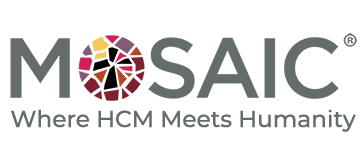As 2025 draws to a close, organizations must gear up for a successful transition into the new year. From payroll compliance to workforce planning and strategic HR initiatives, here’s a comprehensive guide to ensure your business is ready for 2026.
Year-End Payroll & Compliance Readiness
- W-2/Year-End Tax Prep Ensure all employee records are up to date, including addresses, tax withholdings, and Social Security information. UKG’s Year-End Checklists are now available in the Community to guide you through the process.
- Payroll Calendar Review Validate your 2026 pay dates, holidays, and processing schedules within UKG Pro to avoid disruptions.
- Compliance Updates Several states have announced payroll tax changes for 2026. Review your UKG Pro Compliance Library to confirm that automatic updates are scheduled and accurate.
- ACA Reporting Verify employee hours and benefits eligibility to prepare for IRS reporting requirements.
Workforce Planning for the Holidays
- Scheduling & Coverage Utilize UKG WFM’s forecasting tools to balance seasonal staffing needs with labor cost controls.
- Accruals & Carryover Review PTO balances, carryover policies, and expiration rules to ensure compliance and transparency.
- Employee Self-Service Encourage employees to submit time-off requests early to prevent last-minute scheduling issues.
- Overtime Tracking Automate alerts for employees nearing overtime thresholds to manage labor costs effectively.
Technology & System Enhancements
- Security Roles & Access Review Conduct a security audit to ensure employees have appropriate access levels.
- Evaluate Integrations Review and optimize integrations across HCM, payroll, benefits, and time systems.
- Automation Opportunities Identify manual HR or payroll processes that can be automated in UKG, such as onboarding tasks, benefit enrollment reminders, and payroll adjustments.
- Quarterly Release Features Explore the latest updates in UKG Pro and UKG WFM, including AI-powered analytics for workforce insights.
- UKG System Health Check Request a system health check to identify and leverage unused functionality.
Strategic HR & Talent Initiatives
- Engagement Pulse Checks Use UKG surveys or sentiment analysis tools to measure employee morale before year-end.
- Performance Reviews Align year-end evaluations with UKG’s Performance & Succession modules.
- Succession & Development Analyze performance data to finalize evaluations and identify leadership candidates for 2026.
- Open Enrollment Support Ensure your benefits portal is tested and ready ahead of open enrollment deadlines.
- Leverage People Analytics Use workforce trends from 2025 to inform strategic planning for 2026.
Action Checklist for Q4 2025
- Validate payroll year-end readiness (W-2s, ACA, compliance updates)
- Review scheduling and overtime policies for the holiday season
- Audit system security roles and user access
- Test open enrollment processes
- Explore new automation features in the latest UKG release
- Conduct year-end employee engagement survey
By addressing these key areas, your organization will be well-positioned for a smooth year-end close and a strong start to 2026. Taking action now ensures your teams stay focused, compliant, and empowered—ready to thrive in the year ahead.

